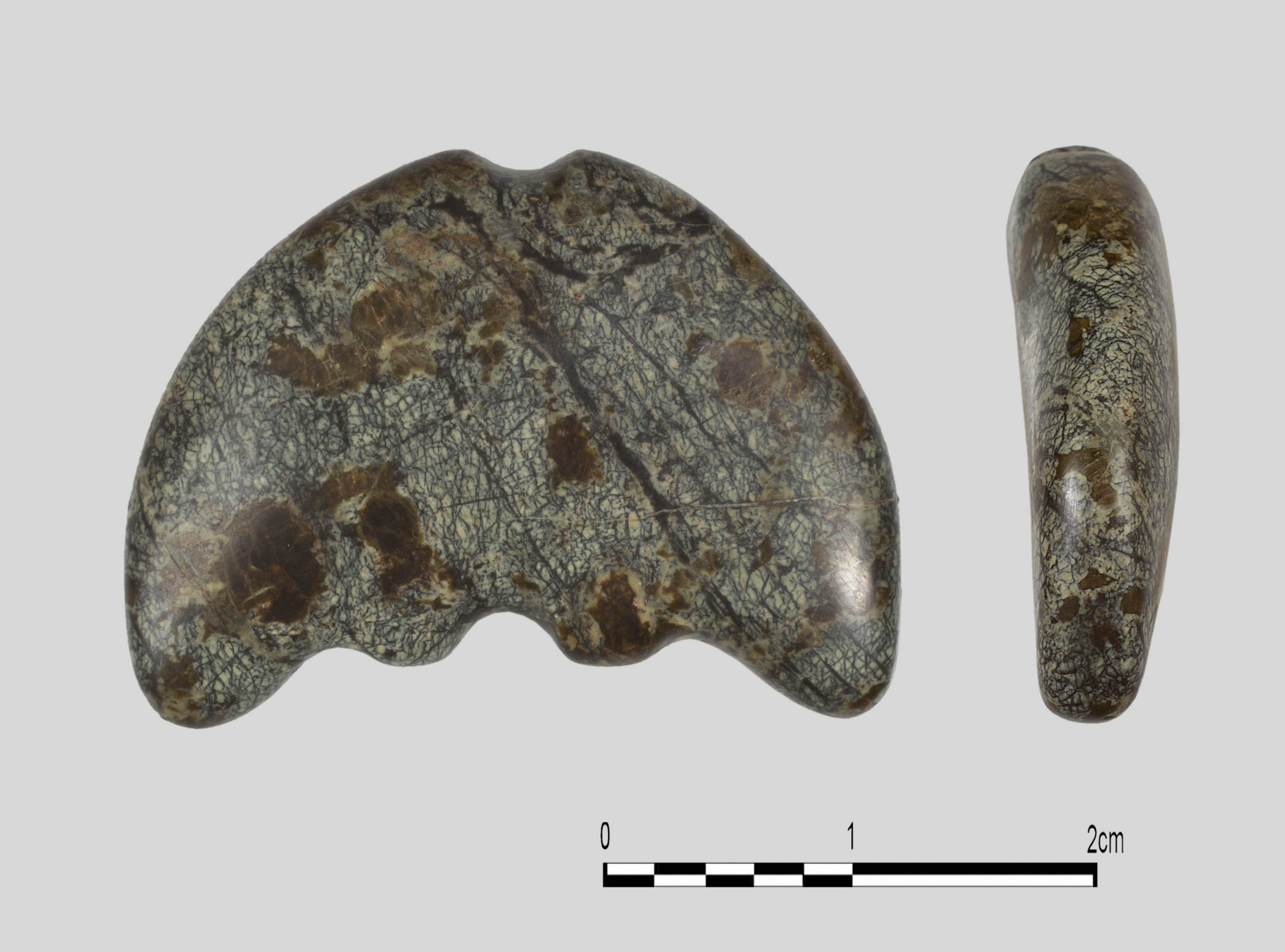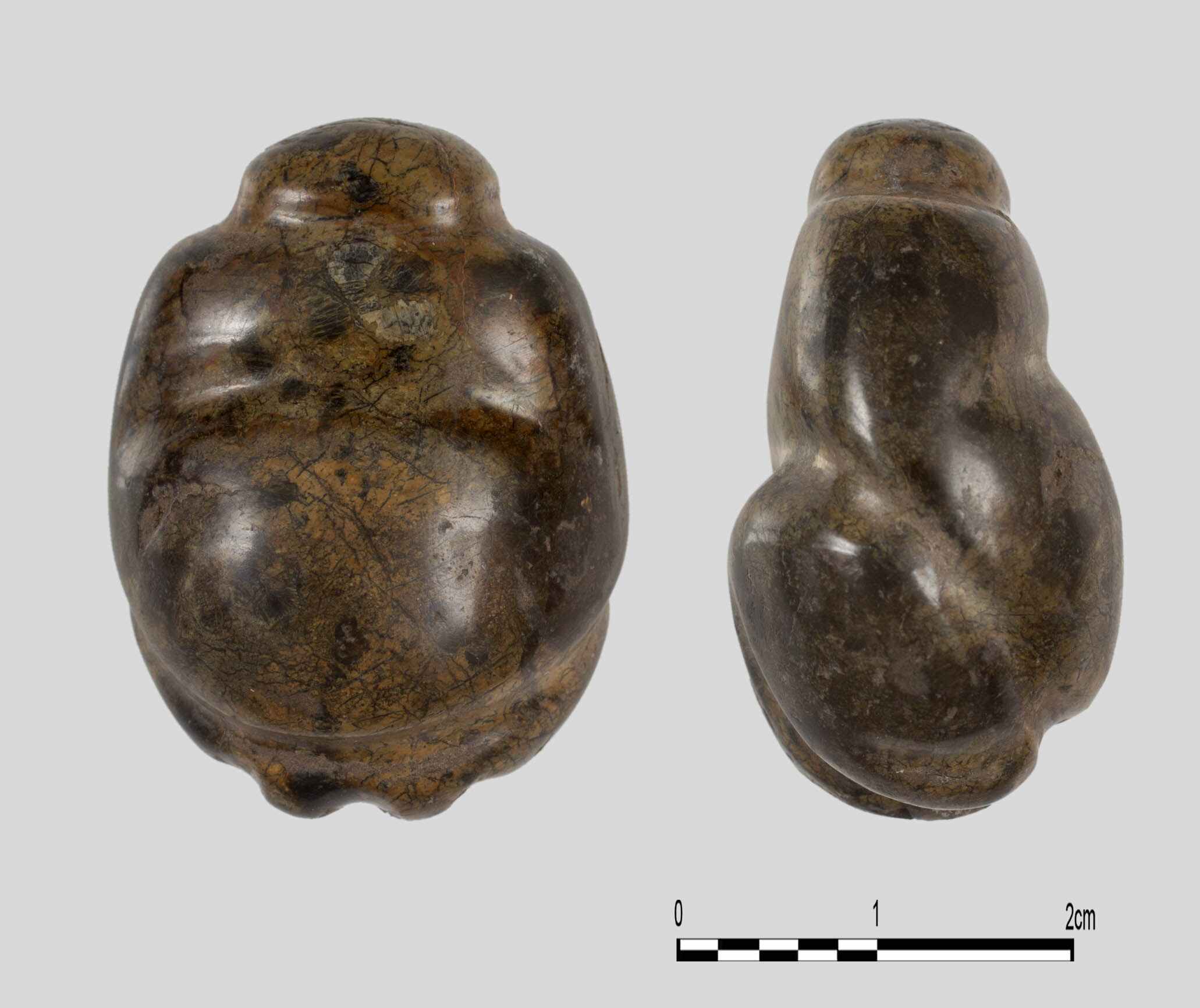Stash of Ancient Jewelry, Full-Figured Statues Discovered

A hoard of jewelry, figurines and other objects crafted by early farmers in Serbia nearly 8,000 years ago is set to go on public display for the first time at a German museum.
Archaeologists dug up the largely undisturbed stash of artifacts during excavations this summer at the site of a Neolithic settlement in Belica, Serbia, about 90 miles (140 kilometers) south of Belgrade.
The collection consists of some 80 objects fashioned from clay, bone and stone, including abstract figures, piece of jewelry and miniature axes. The excavations notably uncovered several rotund female figurines carved from serpentinite, a type of rock that was worn smooth by rivers and streams before being picked up by Neolithic artists. Researchers say they are not sure whether these tiny stylized sculptures of full-figured ladies served as idols, lucky charms or fertility symbols.

"This collection from Belica, in all its completeness, provides a unique glimpse into the symbols of the earliest farmers and herdsmen in Europe," said Raiko Krauss, an archaeologist from the University of Tübingen in Germany.
Krauss is collaborating with researchers from Serbian Archaeological Institute to examine the objects and detail their findings in German and Serbian publications.
Krauss expressed regret that the artifacts could not be displayed at the Serbian National Museum, which has been closed since the civil war. He is planning an exhibition at the University of Tübingen Museum in Hohentübingen Castle, set to open during the winter of 2013-2014.
Follow LiveScience on Twitter @livescience. We're also on Facebook & Google+.
Sign up for the Live Science daily newsletter now
Get the world’s most fascinating discoveries delivered straight to your inbox.










